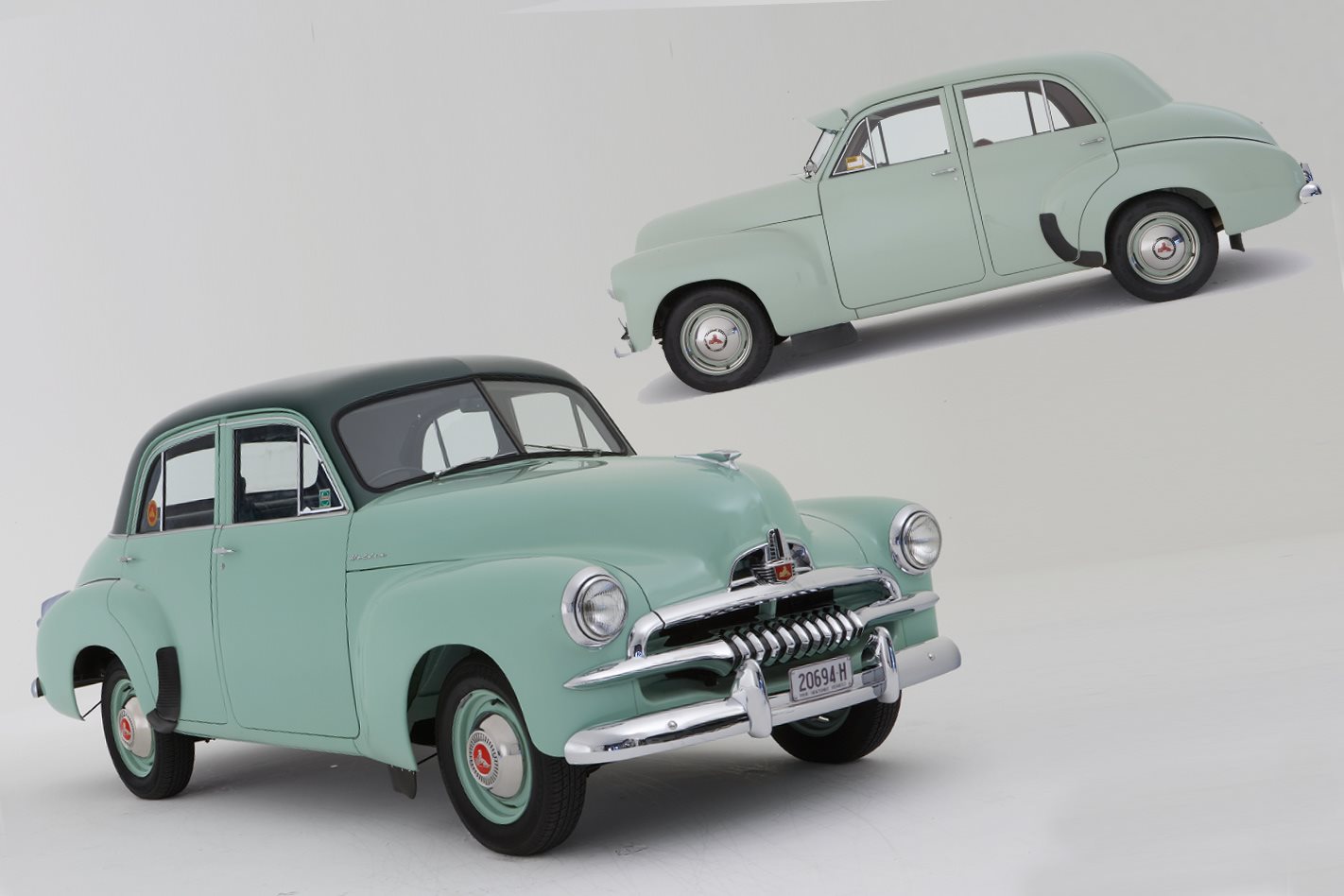The moulds for the scoops have produced a really nice part. They have popped out after their time in the pressure cooker and have no bubbles. Nice.
I have gone into a phase of working my way through creating all the moulds for the appendages. After the scoop mould I started the construction of the form box for the stern horizontal planes. Once again cutting and scraping out the profile for the individual parts. The movable horizontal piece and the fixed plane. Initially I was concerned about the movable plane. These both feature wide end plates on the inside and the outside of the movable surface. I was concerned that these flat surfaces could attract bubbles as these thin surfaces move distinctly away from the mould part plane. Would I need further vent lines to deal with this?
I work out the layout of the parts, then the positioning of the sprues. (pouring channels) , vent lines and finally the registration holes that go into the surface about 3-4 mm. These are different sizes as some of them need to squeeze in between vent lines and the like. Here I have placed the movable surfaces with the plates pointed upwards. Initially I though that the bubbles could concentrate at the top of the plane and move upwards. This would make sense however it means that the pouring sprue would be right next to the brass shaft insert, possibly disrupting the flow of resin as it moves downwards. This is different in that I usually have the brass rod vertical and out of the way as the sprue joins at the side of the piece, a little more out of the way rather than on the front leading edge of the movable surface. I tossed this up for a long time. I finally decided to arrange the movable surface in the normal way and hope that bubbles would not be a problem...
Once all piece laid down then I go around once again and do the 'playdoh' thing. Sealing and creating a nice level surface around the surface. Before I laid the pieces down I worked out how the sides would fit. Drilling holes for self tapping screws two per side to hold the four sides of the box together. Then before the sides go on I then cut lengths of paper clip and cut to size following the vent lines marked out. Often several lines would join and then meet up at the top as far away from the sprue funnel that I would shape out of playdoh.
I've always looked at the layout and tried to anticipate where the bubbles would be trapped. As them move upwards if there are any features that could trap a bubble then that is where I have placed vent lines. This is usually things like the brackets as hinges along the length of the fixed plane and also the very tip where the end plate extrudes outward for the open area left where the movable surface meets the hinge.
I really like the 1950's shade of green. It's almost FJ Holden green. Australia's first postwar designed car..

I really need to get photos of the finished parts. The gamble paid off. The side plates on the movable surfaces have turned out well. To some extent the bubbles and vents are negated by pressure casting that pulls the bubble down in size and holds them there. The reservoir created by the play doh, acts as a store for resin that can move down as the shrinking bubble create more space for resin to drop. After this I will start work on the vertical surfaces at the rear.
Ideas, comments, thoughts,
David H
Leave a comment: